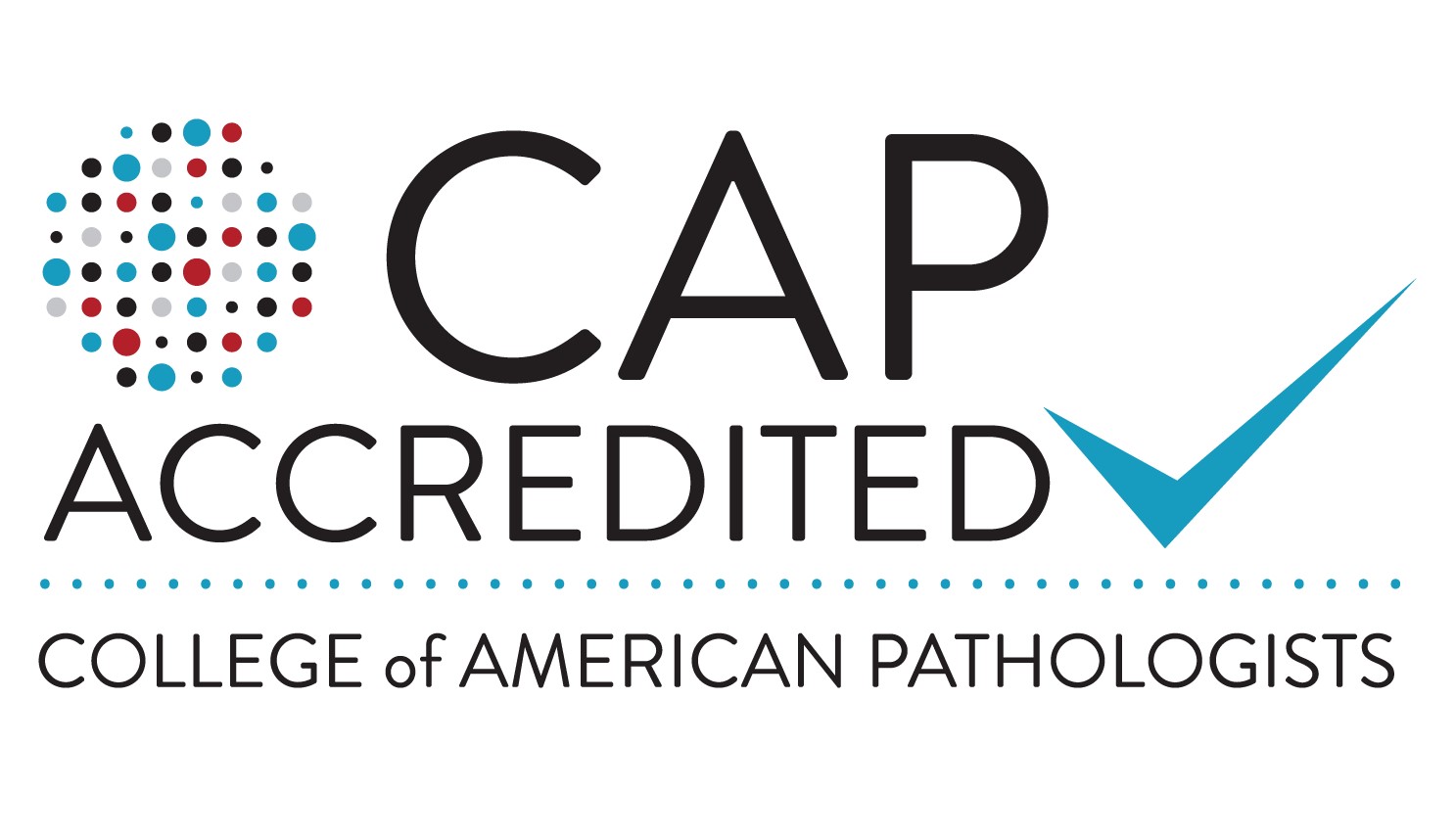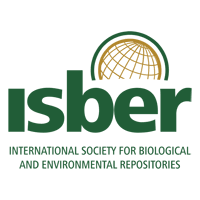Offering safe and secure specimen storage options for JHU and beyond
24/7 Monitoring
CAP-Accredited Storage
Backup Power
On-site Storage
Wide Range of Temperatures Available
Inventory Tracking
Location
600 N. Wolfe Street
Blalock Building, Room 1001A
Baltimore, MD 21287 USA
Hours
9:00 am – 5:00 pm
Four-hour advance notice is requested for timely sample retrieval.
Contact
Phone
410-614-5201
How to Start Storage
The Johns Hopkins BioBank is designed for proprietary-only collections and does not currently support open-source distribution. Material in storage can only be accessed by permission of the specimen owner.
To start storage, the GRCF Biorepository requires the following documentation completed:
- Completed Project Information Form
- Signed The GRCF Biobank & Cell Center Agreement Form
- IRB Approval Letter
- Blank copy of the Informed Consent (Patient Specimens ONLY)
- Letter from Principal Investigator affirming all patients have consented (Patient Specimens ONLY)
GET IN TOUCH
For pricing and storage rate information, contact us at
[email protected]
410-955-3320
The Johns Hopkins BioBank
For over 30 years, the Johns Hopkins BioBank has been dedicated to meeting the storage needs of the Johns Hopkins community. Located onsite at the Johns Hopkins East Baltimore campus, the BioBank offers secure and continually monitored storage for up to 1 million vials across a diversity of sample types.
Since 2013, the Johns Hopkins BioBank has been accredited by the College of American Pathologists Biorepository Program and recognized as a facility offering superior services in storage, cryopreservation, shipping, and processing. The Johns Hopkins BioBank is an active member of ISBER and strictly adheres to guidelines set forth by ISBER best practices.


FAQ
What is a biorepository or biobank?
A biorepository/ biobank is defined as an entity that receives, stores, processes, and/or disseminates biospecimens, their derivatives, and relevant data, as needed. For purposes of CAP accreditation, a biorepository/ biobank encompasses the physical location as well as the full range of activities associated with its operation.
What is the CAP Biorepository Accreditation Program and why is it important?
Excellence and quality measures in biorepositories are interrelated concerns that have a direct bearing on research that can help advance health care. The CAP has introduced, a voluntary program that measures scalable traits and tools with the goal of improvement and validation of the quality of biospecimens and biorepositories. This is a new Accreditation program specific for Biorepositories that will help ensure consistent, industry-wide verification of biospecimen quality. Thousands of biorepositories exist, varying in size, nature of collections, specimen types, purpose, quality, and age. Recently, there has been a realization that some biorepositories do not fulfill research requirements (most importantly personalized medicine); a high degree of heterogeneity exists in the methods used to collect, process, and store biospecimens. The GRCF Biorepository is proud to be one of the first CAP accredited facilities.
What is the difference between CAP and CLIA?
CLIA is the federal government’s official certifying and accrediting agency for all laboratories in the United States. CLIA-certification is granted to a lab following the successful completion of all the requirements for obtaining and maintaining certification under the regulations of CLIA-88. CLIA issues two types of lab certificates: 1) Certificate of Compliance — this is a lab that is inspected by CLIA surveyors only; 2) Certificate of Accreditation — this is a lab that is inspected by another private agency such as CAP. CAP is a voluntary accreditation program that achieves compliance through its standards that are monitored by a peer group review. The emphasis in on education as the means to compliance and ultimately to a higher quality laboratory operation. CAP accreditation checklists require more extensive quality and method validation activities than CLIA.
Where is the actual location of the BioBank?
Our biorepository is on-site at the Johns Hopkins Hospital. We are located in a secured room, at ground level, with direct access to a loading dock to ensure rapid and secure liquid nitrogen delivery.
How quickly can my specimens be retrieved?
Our policy is to make the biorepository specimens as accessible as possible to the investigator. Requests of 40 or fewer specimens can generally be retrieved the same day, larger requests generally require at least a 24 hr notice. We ask that when coming to pick up the vials /boxes, you bring a container with dry ice to transport them back to your facility.
How long can samples remain viable when stored in liquid nitrogen?
Cells that have been properly frozen can remain in liquid nitrogen vapor for decades without loss of viability. The Cell Center has revived samples that have been stored for 17 years with a post-freeze viability > 90%.
How should I cryopreserve my cells for long-term storage?
There are four critical areas in cryopreserving cells that will ensure a viable preservation: 1. Proper handling and gentle harvesting of the cultures. 2. Correct use of the cryoprotective agent (typically we use 10% DMSO). 3. A controlled rate of freezing (The cooling rate used to freeze cultures must be just slow enough to allow the cells time to dehydrate, but fast enough to prevent excessive dehydration damage. We use a cooling rate of -1°C minute). 4. Storage under proper cryogenic conditions. (Only freezers capable of continually maintaining temperature below -130°C should be considered for long-term cryogenic storage.)
What is the benefit of storing specimens in vapor phase vs. submerging in liquid nitrogen?
Using vapor phase storage greatly reduces the possibility of leaky vials or ampules exploding during removal. Vapor phase also helps to maintain the integrity of the label.
What is the best way to thaw my sample after cryopreservation?
Cryoperserved specimens should be thawed rapidly (60-90 seconds at 37ºC) to prevent the formation of ice crystals. If the specimen is thawed to slowly, the thawed medium in the vial then enters into the cold, dehydrated cells forming ice crystals. This will damage the cell membrane and organelles causing cell death.



